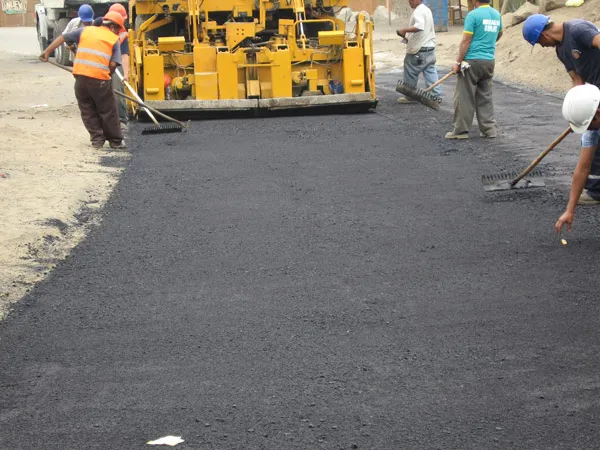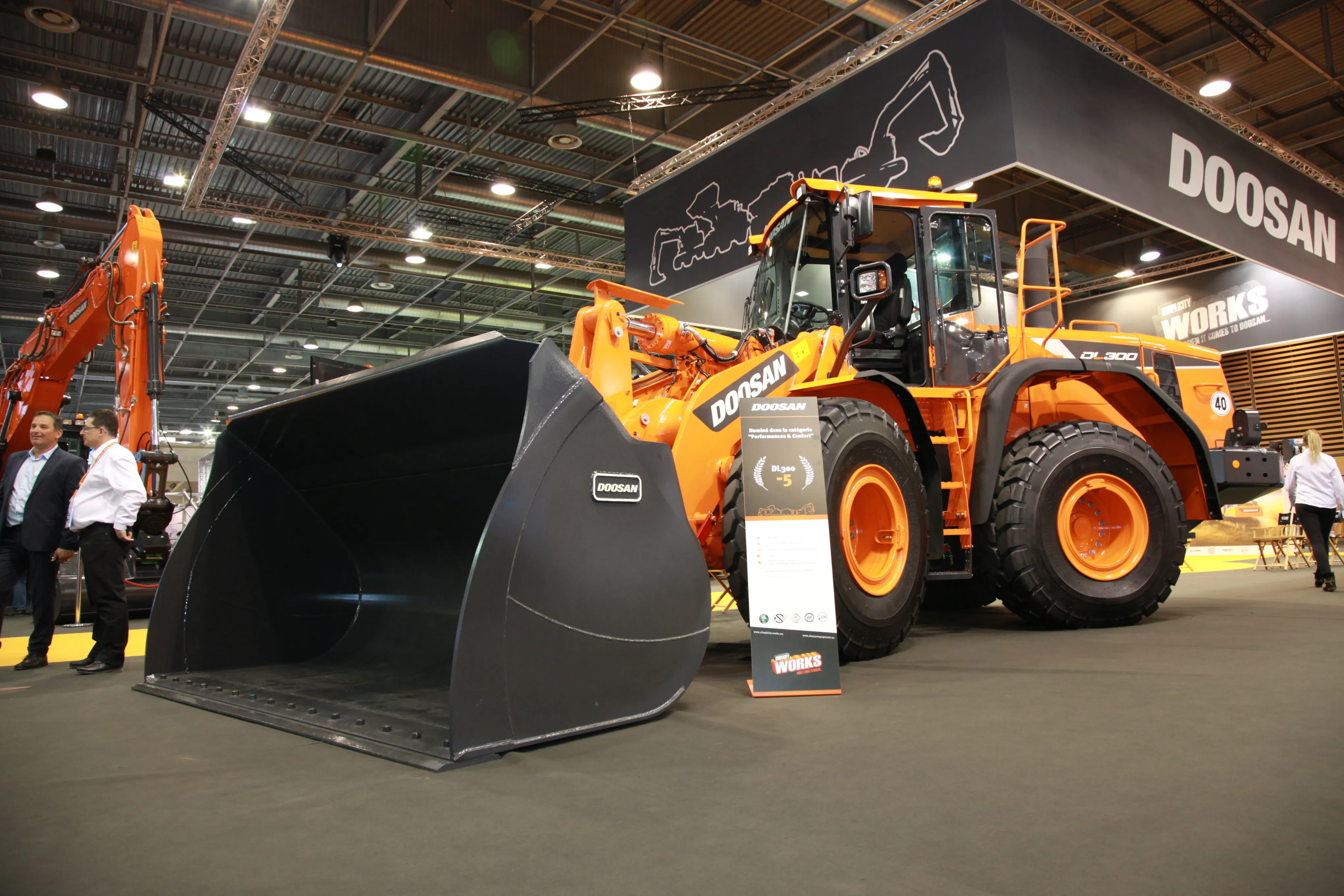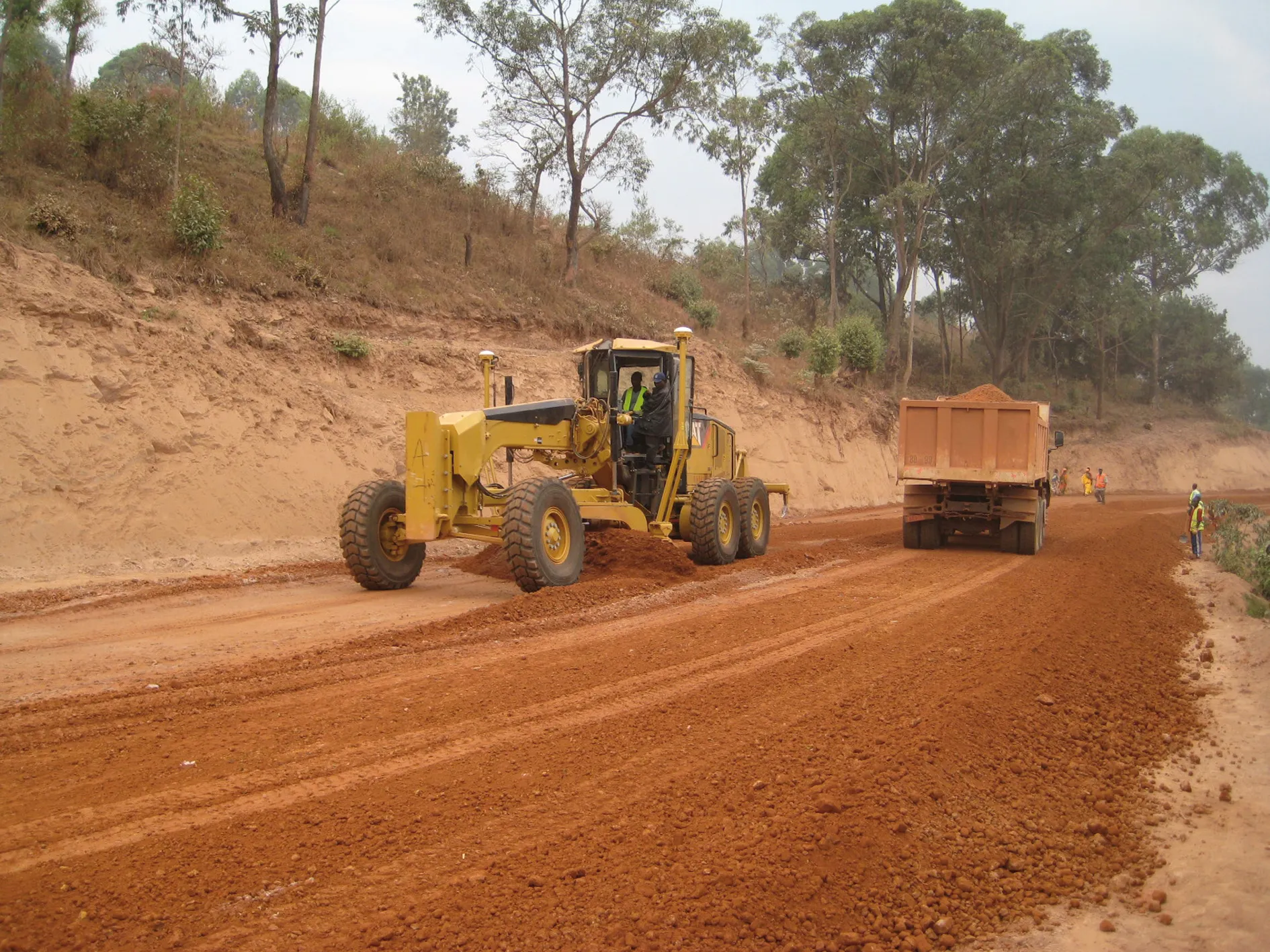
MappAir shows how air pollution - specifically nitrogen dioxide - changes across the country and within towns and cities, highlighting likely sources and potential clean-air refuge areas.
It combines data from satellites and its EarthSense Systems’ own air quality monitoring sensors along with open source data. The result, using complex modelling, creates a highly accurate map at 100m resolution, says James Eddy, managing director of EarthSense Systems.
“There simply isn’t enough [air quality] data available for those charged with tackling the issue to make informed decisions. MappAir provides a street-view to citywide visualisation of air pollution and is the first in a series of nationwide products that are coming to market in the next year.”
Using the British National Grid, EarthSense has divided the UK into 100m-squares – about twice the size of an average football pitch. Air pollution readings from satellites and its own Zephyr air quality monitoring sensors are combined with open data, including traffic emissions and weather conditions, to produce an annual average for each cell.
As additional sensors come online and more historical data becomes available, EarthSense says that it will produce a range of MappAir products. These include an ultra-high resolution 1m dataset for detailed study areas and a 10m map for urban areas. There will be a historic time series of maps showing how air pollution changes over the course of a day and on different days. Forecast maps will give an indication of fluctuations up to three days ahead.
EarthSense will also be releasing a map of PM2.5 - ultrafine pollution particles smaller than 2.5 micrometres. “Not only does it differ from location to location, as MappAir clearly shows, but it also changes from morning rush hour to afternoon school run and from weekday commutes to weekend leisure pursuits,” says Eddy. “This is why we are already working on the next products in the MappAir range, including near real-time altering maps and forecast maps.”
EarthSense has already undertaken a range of air quality monitoring projects, including trials of an airborne air quality mapper, air pollution monitoring equipment on a rocket and mobile mapping with air quality sensors mounted in electric cars. Future plans include the establishment of a nationwide network of air quality monitoring sensors that will feed live data for up-to-the-minute air quality predictions.
EarthSense Systems is a joint venture between UK aerial mapping company Bluesky and the University of Leicester in the UK. Bluesky is a specialist in aerial surveying including aerial photography, LiDAR and thermal data. It uses survey technology, including two UltraCam Eagles and a Teledyne Optech Galaxy LiDAR system integrated with a PhaseOne camera and thermal sensor.
EarthSense is also developing solutions for other environmental applications, including a National Tree Map, solar mapping and citywide heat-loss maps.








